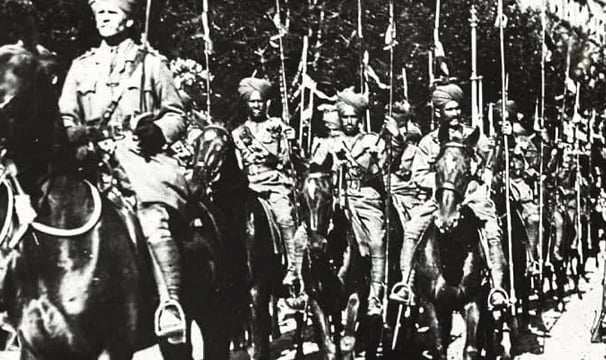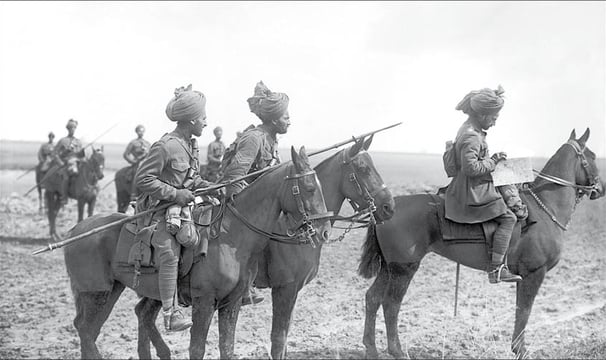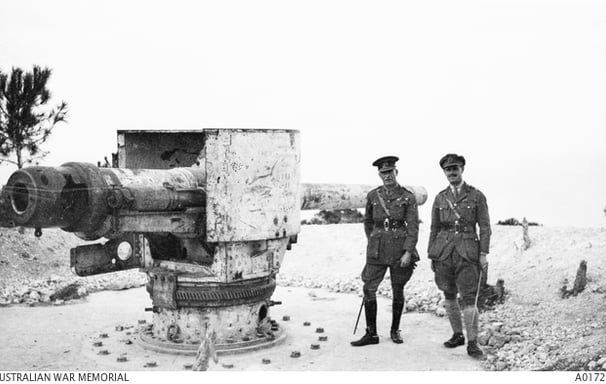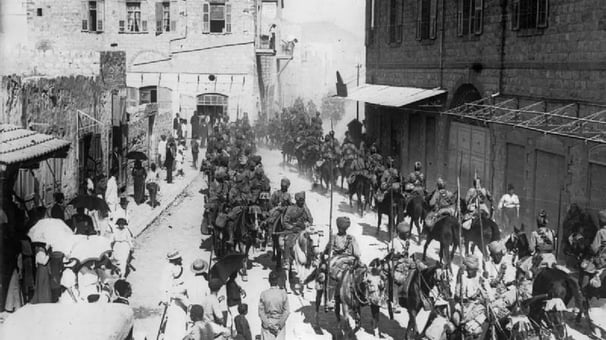

Second Anglo-Boer War (1899–1902)
As part of the Imperial Service Troops, the Mysore Lancers were tasked with several critical responsibilities during the conflict. Their duties primarily included reconnaissance, escorting key individuals, and protecting supply convoys. These were standard roles for cavalry units, especially in the context of the Boer War, which was characterized by guerilla warfare. The Boers utilized highly mobile tactics, making it essential for the British to have swift and efficient forces that could patrol the rugged terrain, scout enemy positions, and safeguard the transportation of supplies.
The Mysore Lancers, with their extensive training in mounted operations, were well-suited for these tasks. They played an integral role in maintaining mobility and providing security for the British forces, thus contributing significantly to the logistical and tactical operations of the war.


The Impact on Future Military Experience: World War I
The experiences gained by the Mysore Lancers during the Second Anglo-Boer War were crucial in shaping their future military engagements, especially during World War I. The skills developed in South Africa—particularly in mounted warfare, reconnaissance, and operating in difficult terrain—would prove valuable when the regiment was deployed to the Middle East during World War I. For example, they participated in the famous Battle of Haifa in 1918, where their cavalry expertise played a key role in the British victory.
World War I (1914–1918)
At the onset of World War I in 1914, Maharaja Nalwadi Krishnaraja Wadiyar IV of Mysore pledged support to the British war effort. He not only contributed funds but also sent the Mysore Lancers for overseas deployment. The contingent included 29 officers, 444 non-commissioned officers and men, 526 horses, 49 mules, and 132 followers. They set sail for Egypt in November 1914, marking the beginning of their journey into one of history’s most brutal wars.
The Middle Eastern Campaign and the Road to Haifa
The Mysore Lancers were part of the 15th Imperial Service Cavalry Brigade, operating in Egypt and Palestine.
Their primary objective was to combat the Ottoman and German forces allied against the British.
The British aimed to capture key strategic locations in the Middle East, and Haifa was one such city due to its port and railway connections.
The Battle of Haifa was planned as part of the larger offensive against the Ottoman Empire in September 1918.


Battle of Haifa: The Historic Cavalry Charge
On September 23, 1918, the Mysore Lancers and Jodhpur Lancers were ordered to liberate Haifa from the heavily fortified Ottoman and German forces. The Ottomans had positioned artillery and machine guns between the River Kishon and the slopes of Mount Carmel, creating a formidable defense. The Jodhpur Lancers launched a direct assault but were met with heavy resistance from machine guns and artillery fire. The Mysore Lancers executed a flanking maneuver by climbing the steep tracks of Mount Carmel to attack an Austrian artillery battery, neutralizing their firepower. With the Mysore Lancers silencing the artillery, the Jodhpur Lancers successfully breached the Ottoman defenses and stormed into the city. The attack resulted in the capture of 1,350 German and Ottoman soldiers, 35 Ottoman officers, and several pieces of artillery, including machine guns and naval guns. The Mysore Lancers and Jodhpur Lancers lost only eight soldiers, with 34 wounded. Their horses suffered significant casualties, with 60 killed and 83 wounded.


Get in touch to contribute stories on Mysore lancers
Connect with us ...
© 2025. All rights reserved.
